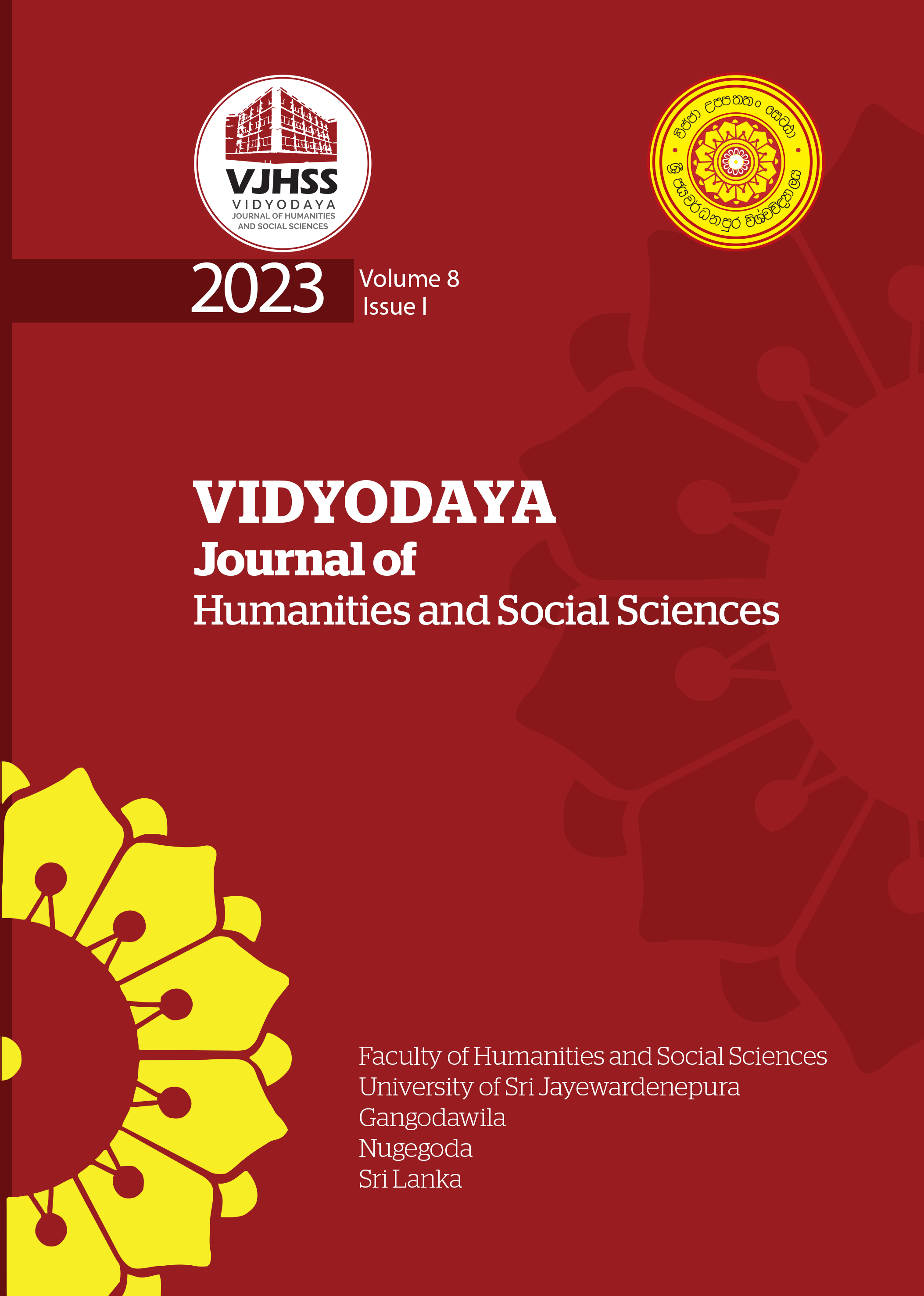Housing Deprivations in the Underserved Settlements of Jaffna Municipality and Its Urban Fringe Using Slum Severity Index
Abstract
Underserved settlements pose challenges to urban planning and development in developing countries, while they provide affordable shelter and a livelihood to a large proportion of the urban poor. Most definitions consider an underserved settlement to be a community of several housing units, failing to recognize that housing conditions vary by housing unit within the area. This study employed the criteria of structural quality, living area, land tenure, improved drinking water, and water for other purposes, improved sanitation, electricity, kitchen, and clean fuel to identify the underserved settlements and assess their housing deprivations. A housing unit-level field survey, field observation, focus group discussions with representatives of community-based organizations and ground-level officers, and interviews with administrative officers of government institutions, local authorities, academics, and social activists were employed to gather primary data for this study, while secondary data was gathered from government departments. The Slum Severity Index adopted in the study measured the degree of deprivation on a continuous scale. Arc GIS 10.4 was used to create maps that depict the spatial distribution and housing deprivation of underserved settlements. According to the findings, 100% of settlements lacked access to drinking water, 81.23% lacked adequate living space, 58.99% lacked land tenure, 42.35% lacked housing structure, 23.45% lacked water for other purposes, 15.70% lacked sanitation, and 0.76% lacked electricity. Overall, 42.35% of settlements lacked more than three of the aforementioned criteria, and 0.76% of settlements lacked all of them. The study's conclusion emphasized the importance of assessing multiple housing deprivations via the Slum Severity Index to attain sustainable development goals and establish cities free of underserved settlements.



